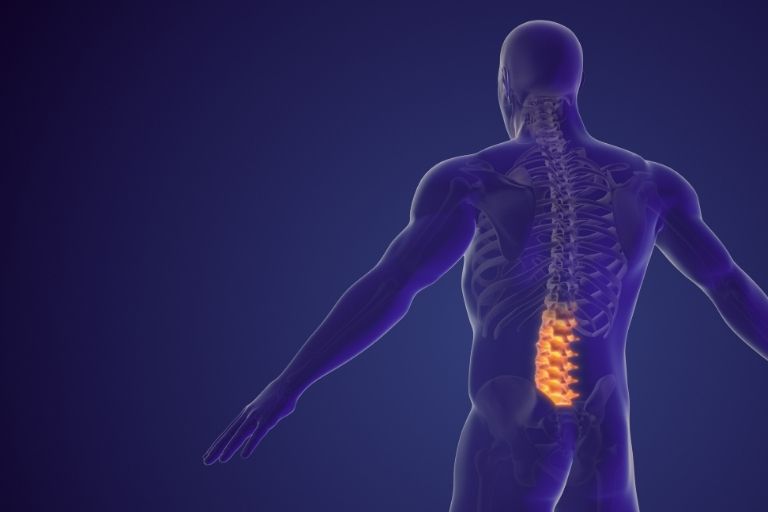Spinal Canal Stenosis
Spinal Canal Stenosis: Causes, Symptoms & Treatment
If you have ever experienced persistent back pain or discomfort, you may have come across the term “spinal lumbar stenosis.” This condition, affecting the lower back, is a common source of discomfort and disability for many individuals. Let’s delve into what spinal lumbar stenosis entails and how it can be managed effectively.

The Best Spinal Canal Stenosis in Bangalore
Symptoms and Signs
The symptoms of spinal lumbar stenosis can vary from person to person but commonly include persistent back pain, numbness or weakness in the legs, and difficulty walking or standing for extended periods. These symptoms may worsen over time, affecting mobility and overall quality of life.
Causes of Spinal Lumbar Stenosis
Spinal lumbar stenosis is often attributed to various factors, including degenerative changes in the spine, hereditary predispositions, or traumatic injuries. The gradual wear and tear of the spinal column, particularly in the lumbar region, can lead to the narrowing of the spinal canal, compressing the nerves, and resulting in symptoms.
Diagnosis of Spinal Lumbar Stenosis
Diagnosing spinal lumbar stenosis typically involves a thorough physical examination by a healthcare professional, along with imaging tests such as MRI or CT scans to visualize the spinal structures. Additionally, an electromyography (EMG) test may be conducted to assess nerve function and identify areas of compression.
Treatment Options
Treatment for spinal lumbar stenosis often begins with conservative measures, including medication to alleviate pain and inflammation, as well as physical therapy to improve strength and flexibility in the back muscles. In more severe cases, minimally invasive procedures or surgical interventions may be recommended to relieve pressure on the affected nerves.
Prevention Strategies
While some risk factors for spinal lumbar stenosis, such as genetics, cannot be controlled, there are steps individuals can take to reduce their likelihood of developing this condition. Maintaining a healthy weight, engaging in regular exercise, and practicing proper lifting techniques can help support spinal health and prevent degenerative changes.
Living with Spinal Lumbar Stenosis
Living with spinal lumbar stenosis may require making lifestyle adjustments to accommodate any limitations in mobility or discomfort. Utilizing supportive devices such as braces or canes, as well as seeking emotional support from friends, family, or support groups, can help individuals cope with the challenges posed by this condition.
Research and Advancements
Advancements in medical research continue to offer hope for individuals living with spinal lumbar stenosis. From innovative treatment approaches to ongoing studies exploring the underlying mechanisms of the condition, the future holds promise for improved outcomes and quality of life for patients.
Conclusion
In conclusion, spinal lumbar stenosis is a complex condition that can significantly impact an individual’s daily life. By understanding the causes, symptoms, and treatment options available, individuals can take proactive steps to manage their condition effectively and improve their overall well-being.
FAQ
Contact us
Dr. Spine Clinic has 4 state-of-art centres in Bangalore. Please reserve your slot by using the form here. Alternatively, you can call 75 5070 5070 to schedule your appointment.

